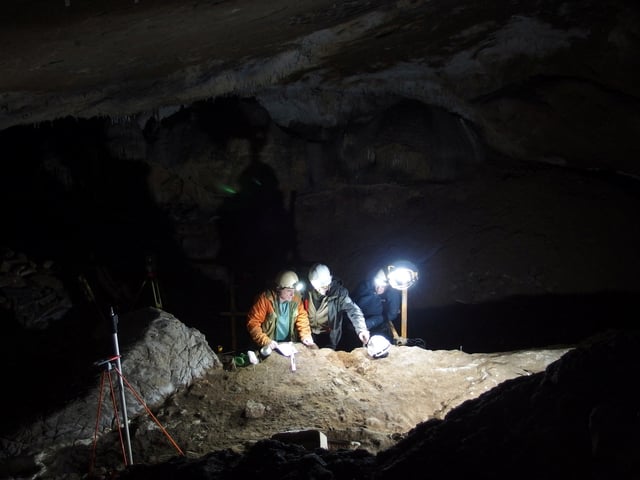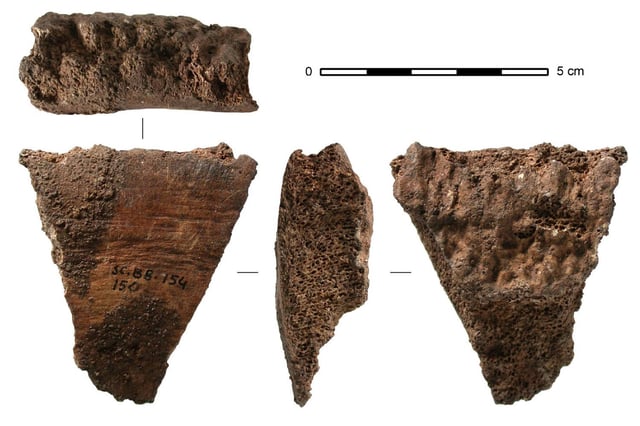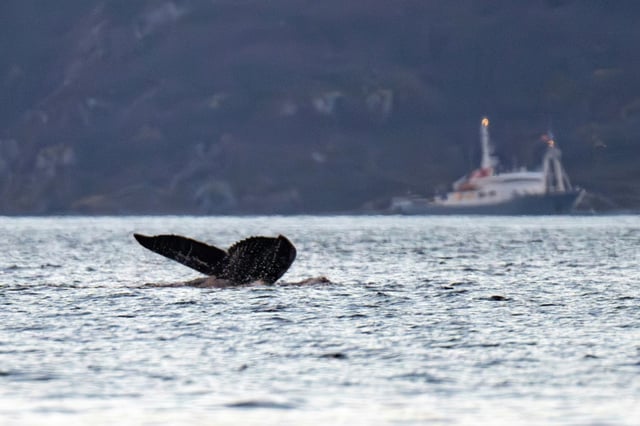Overview
- Researchers examined 83 worked bone tools and 90 unworked fragments from 26 sites in Spain and France, with the oldest specimens dated between 20,200 and 19,600 years ago.
- Artifacts include spear points and foreshafts crafted from at least five whale species—sperm, fin, blue, gray and right or bowhead whales—sourced from beached carcasses.
- Mass spectrometry (ZooMS) and radiocarbon dating confirm these implements represent the world’s oldest known whale bone tools, pushing back the timeline of marine-resource technology.
- The whale bone points were likely hafted on spear-style projectiles to hunt reindeer, bison, horse and other terrestrial game rather than for active whaling.
- Isotopic and chemical analyses reveal that ancient whales in the Bay of Biscay fed differently than their modern counterparts, shedding light on Late Paleolithic marine ecology and human coastal adaptation.



